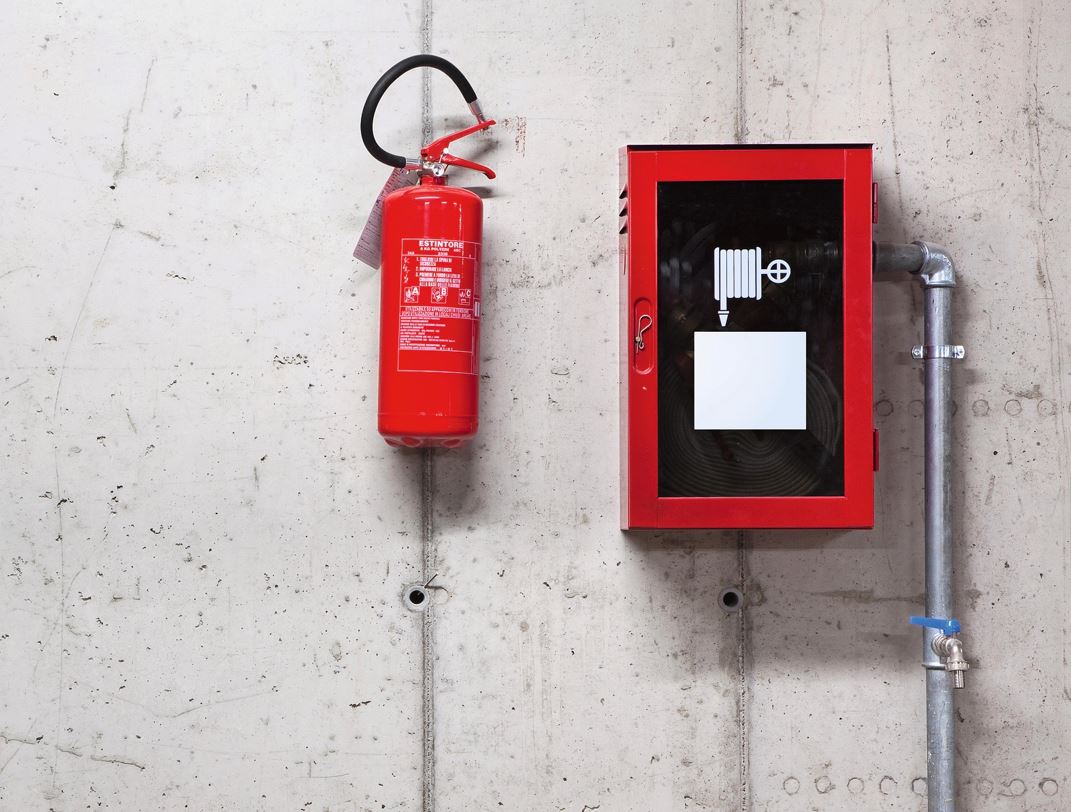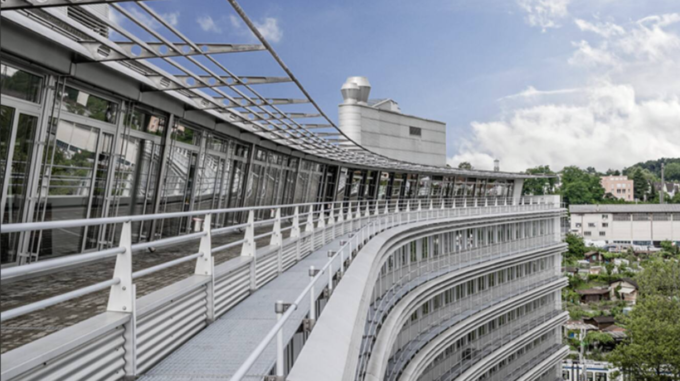Fire protection versus property management
Owners and users of buildings and facilities are responsible for ensuring that facilities for structural, technical and defensive fire protection as well as building services equipment are maintained as intended and are ready for operation at all times.

The legal overall responsibility for a building is borne by the owner. The owner can delegate the management and the associated legal responsibility to a property management company. Often the real estate management is alone with the topic of fire protection and is not aware of the responsibility that is borne. Driven by internal requirements and demands as well as by economic efficiency, property managers today are not only there to look after a property and to ensure the communication channel to internal and external persons. Today, management largely means generating a return on investment and generating additional space in order to be able to offer as much space as possible on the market. In addition, all possibilities are constantly being examined to generate even more capital from the existing property. This results in conversion work or technical adjustments in and on the building.
The high expectations of the tenant community are often demanding. The aim is always to obtain the best location and to have as much freedom as possible in the design of the space. In addition, there are the needs of the various tenants. These needs can be of a design nature, as well as adaptations in terms of security requirements and burglary protection, or even fundamental changes in the use of the property.
Legal requirements and standards shape the object, this is also not an isolated case in fire protection, but this is often strongly neglected. The various specifications regarding structural, technical and organizational fire protection are not recognized by the management because the necessary expertise is often not available. This usually becomes a problem when the necessary expert knowledge, which could be obtained on the market, is only realized after a larger investment or due to the complexity of the building.
It is questionable why there is not already training on this topic during the training to become a manager. On the labor market, property management can quickly be divided into two categories. On the one hand, there are managers who mainly look after residential properties. Here, changes are rather rare. Likewise, the demands of the tenants are clear and will in principle not bring about changes. However, as soon as it comes to the management of commercial properties, the necessary knowledge is quickly required. The tenants, especially in a new occupancy phase, have many concerns that need to be taken into account. Floor plans are checked and, if necessary, rooms are adapted and changed accordingly. The requirements are also constantly increasing as a result of new technologies on the market, such as electromobility.
How can this tension be resolved?
There are many ways to resolve or at least improve this conflict. A large part is already being prepared by the cantonal fire protection authorities. The Zurich building insurance company has taken a major step in this direction and produced the document "Fire protection in the utilization phase". In addition, there is a range of training courses available on the market, which also provide the management with an appropriate basis. In addition, it is important to check what is actually involved, especially in the case of larger buildings. If necessary, it can be determined by an examination whether a safety representative fire protection is needed. Consequently, the conditions and training requirements can be quickly clarified here. Thus, the management can leave the focus on the core business and is accompanied with the appropriate basic knowledge.
To ensure quality assurance in fire protection, it is necessary to maintain the relevant documents. Today, the standard of digitization in fire protection basically exists. However, this is still far from being equally advanced everywhere. Real estate management can move a lot here and also maintain it. The plans must not only be maintained for area management, but also kept up to date as a basis for fire protection. The creation of these plans often triggers costs that could be saved in advance with good maintenance.
Integral tests
In addition to the daily fire safety, integral tests are to be carried out according to the building complexity. These should be carried out for the first time after completion of the construction project and the resulting handover to operation. In this way, the entire building is tested on the basis of the technical fire protection equipment. In this way, weak points in the fire matrix should be elicited and consequently the safety of persons and the building improved. After completion of the construction project, the integral tests are often neglected. Initially, those responsible for management must know that such tests are required according to the specifications. For this purpose, the building must be classified into one of the three risk groups in order to determine the periodicity. The scheduling of the integral test now requires negotiation skills with the tenants. Considering the demands of the tenants and their operational processes and specifications, it is important to establish clear, goal-oriented and good communication. After all, integral tests cannot always be carried out outside operating hours.
To analyze this further, it is necessary to understand the object. If the building is subject to collective control, this means: the overall control of all fire protection equipment in the building. This would mean, for example, the activation of all fire doors and gates. Consequently, operations are stopped and essential production processes are disrupted or prevented. If the object is subject to selective control, work can be carried out selectively according to sections, and essential operating processes can be planned and paused selectively in order to carry out the integral test and quickly reestablish production. Therefore, the involvement of the tenant community is essential to the execution of the integral test as well as its success. Many of these tasks can be delegated to external service providers. With the necessary agreements, a large part of the responsibility can be transferred. Nevertheless, there are other duties for verification and quality assurance that must still be performed.
This technical article appeared in the printed issue SicherheitsForum 4-2022. You want to read the articles of this issue? Then close right away here a subscription.









